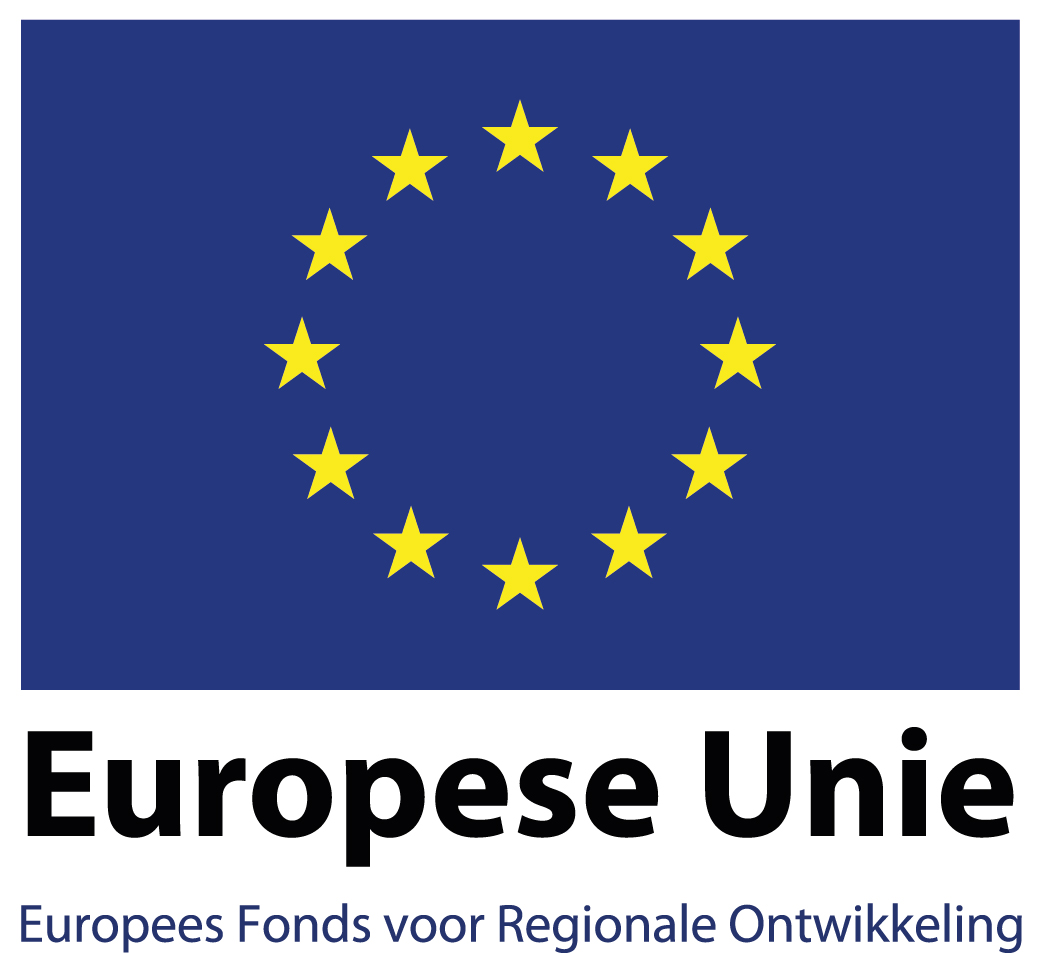PhD project on Absolute radionuclide concentrations
Sharing knowledge
Medusa realized that over the past 20 years, it invested heavily in in radiometric research and development of gamma-ray spectrometers. In these development, sharing knowledge and collaboration has been the most important key to success. Therefore, Medusa strengthened its collaboration with the University of Groningen (KVI - Center for Advanced Radiation Technology) and funded a PhD project to actively contribute to the developments in the field of gamma-ray spectrometry for natural occurring radiation measurement.
Absolute radionuclide concentrations from gamma-ray spectroscopy
Towards the determination of absolute concentrations for radionuclides in geophysical gamma-ray spectroscopy.
Gamma-ray spectrometry systems are used to characterize nuclear radiation. These are currently implemented in a wide range of research fields such as in big-physics, the medical industry, safety monitoring industry and in geophysical surface characterization studies.
Gamma-ray spectroscopy as a tool to map the concentrations of the naturally occurring radionuclides 40K, 238U and 232Th has found applications in the field of geophysics where it is used for geological mapping and mineral exploration. This technique has the advantage that it is a non-intrusive, efficient and reliable method to show trends in the radionuclide distribution. These trends can be used to explore or compare regions and to map environmental parameters that are correlated with the radionuclide concentrations.
Because of the applicability in this field, there has been a continuous interest from the scientific community to improve and expand this measurement technique. Over the past decades this has resulted in the development of advanced measurement systems and complex processing techniques to maximize the usability of gamma-ray studies.
The International Atomic Energy Agency (IAEA) has published a detailed report that outlines the currently accepted methods to measure and process gamma-ray data and extract nuclide concentrations from these measurements. Depending on the actual application, e.g. air- vs ground-borne, the methods grow more complex and each step introduces its own limitations. It is generally found that, even when using the state of the art methods, the ratio between radioelements is more reliable that the absolute concentrationsIAEA.
These measurement and processing techniques partially rely on in-situ measurements of areas with known radionuclide concentrations. There is an increase in computer power that can be used for Monte-Carlo simulations that models the response of a gamma-ray detector for different situations in the field. Research in mathematics led to the development of 'new' data-processing techniques and there is the ongoing improvement of instrumentation.
With the need for a better measurement of absolute concentrations of radionuclides from field measurements and with the above advances in method development, we aim to improve the yield of gamma-ray studies. Extracting absolute concentrations from gamma-ray data increases its applicability even further. This results in the main research question:
How can we obtain accurate and absolute concentrations of in-situ gamma-ray measurements for any given source-detector geometry?
To answer this question the research will first focus on techniques for the modelling of detector response. The effect of geometry and position of the detector versus the radiative source will be studied by using Monte-Carlo Nuclear Particle models that allow to simulate spectral response. These simulations conveniently allow the construction of a wide range of geometries; amongst others a detector in a range of elevations above the ground (car-, air- and drone-borne situations). Furthermore, the simulations allow the study of anomalies such as radon and cosmic radiation.
A second part of the research will focus on improving data analysis. As a base, the Full Spectrum Analysis (FSA) method will be used since it has been shown to produce superior results in comparison with the conventional windows method. The FSA method will be carefully studied to investigate if further improvements can be made to this method. For instance by optimizing the weighting factors for each channels based on their relative difference to the other nuclides present in the analysis.
The third step in the research is the improvement of the instrumentation by developing smarter and more efficient measurement systems for geophysical applications. This step aims to increase the applicability and usability of airborne gamma-ray surveys.
General information
Project full title: Absolute radionuclide concentrations from gamma-ray spectroscopy
Partners of the project: SNN, University of Groningen (KVI - Center for Advanced Radiation Technology), Medusa Radiometrics
This research has a duration of four years in the timeperiod 2017-2021 and is funded by Medusa Radiometrics and SNN – KEI funding.

